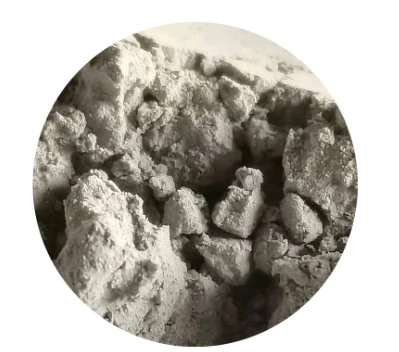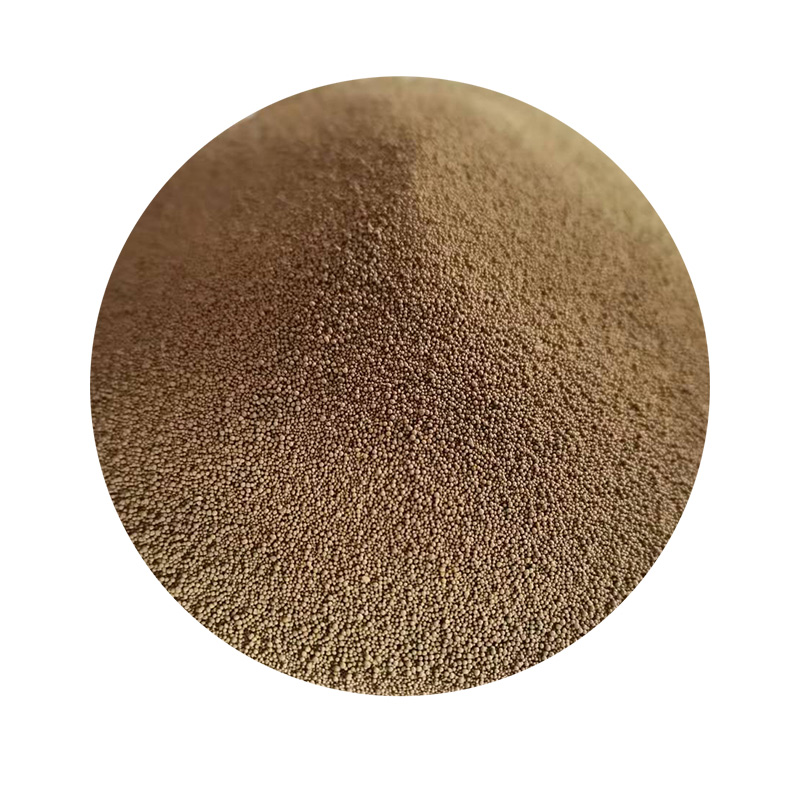

Zircon Sand Known for its superior refractoriness and chemical inertness, zircon sand is ideal for producing fine and intricate metal castings. Its high density and low chilling effect make it particularly valuable for casting exacting details in high-performance applications, such as aircraft components. Professionals in the field reveal that zircon sand minimizes metal penetration and casting defects like fissures. Despite its benefits, the premium cost of zircon sand and its association with limited geographical availability can pose challenges in sourcing and justifying its use for all but high-value projects. Resin Coated Sand Employed for intricate metal work where a high-quality surface finish is needed, resin-coated sand is regular sand coated with a resin binder that hardens into molds. The innovation and expert design in its application allow for thin, precise mold sections, crucial for manufacturing high-tolerance parts. The coating reduces the sand's friability, ensuring minimal wear and tear on the mold. However, the expertise required in handling and curing resin-coated sand, alongside higher costs, often restricts its use to specialized manufacturing environments. In conclusion, selecting the appropriate sand for casting depends on multiple factors including metal type, production scale, and desired product quality. Each type of sand has distinct advantages and considerations, and choosing the right one requires a blend of technical knowledge, industry experience, and economic assessment. Understanding these subtleties aids manufacturers in optimizing production efficiency and output fidelity, cementing their ability to produce top-quality metal castings in a competitive consumer landscape. Post time:يناير . 26, 2025 06:33
Next:types of sand casting process
